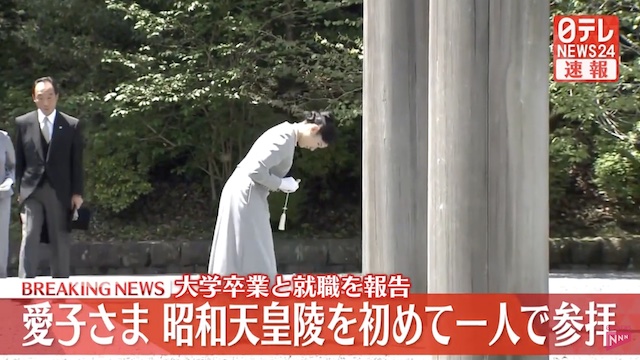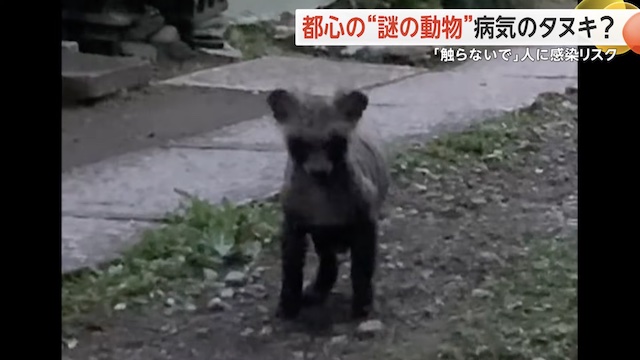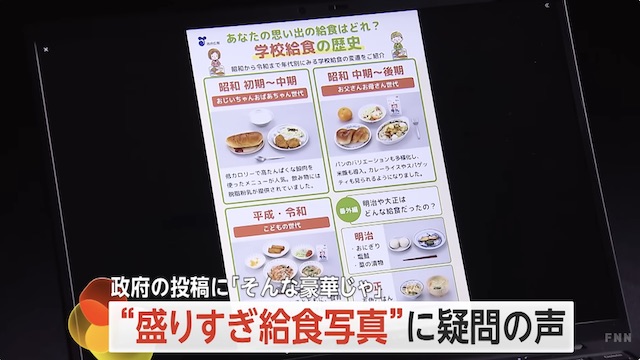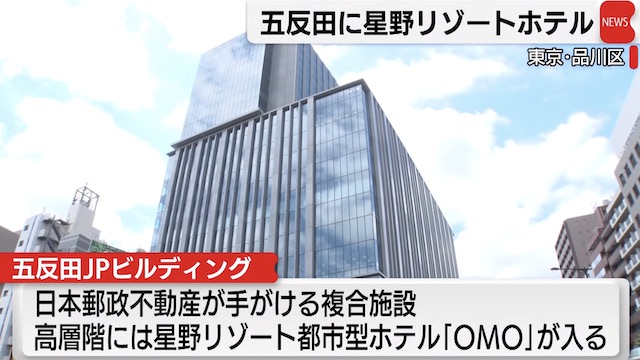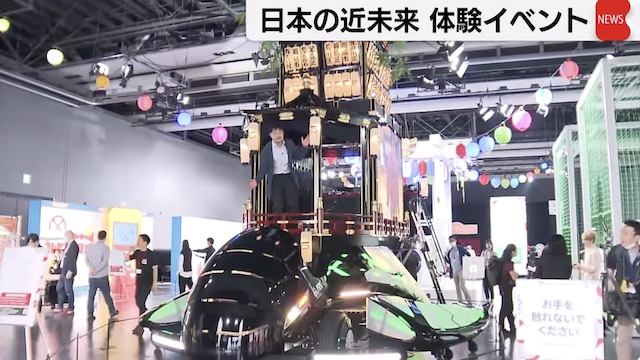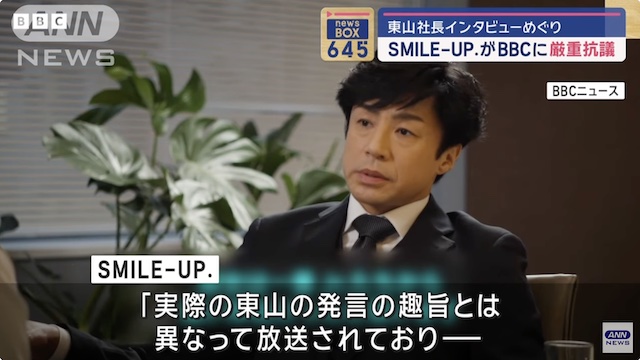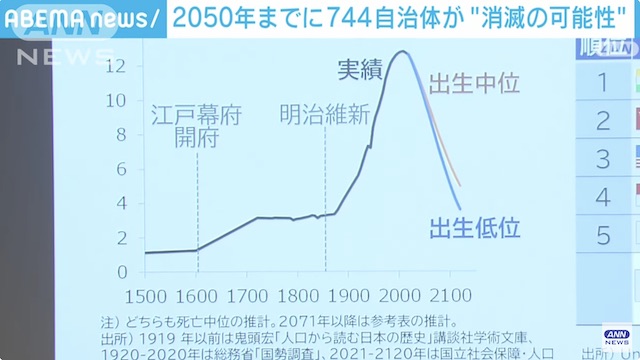Jul 05 (Japan Times) - In Japan, it’s sometimes said that the eyes speak as much as the mouth.
Perhaps the proverbial phrase captures the essence of the nation’s affinity for face masks, a relationship that can be traced back centuries and a custom to which is attributed Japan’s lower number of deaths from COVID-19 compared with Western nations — in particular the United States, where wearing a mask has recently become a politically charged issue.
Masks are now omnipresent in Japan as a result of the pandemic, thanks in part to an inherent mask-wearing culture. Besides being sporadically worn during hay fever and influenza seasons, masks have expanded beyond their traditional role over the years and have even been adopted by the fashion and beauty industries.
There are masks that cut ultraviolet rays and prevent glasses from fogging, and masks that make the face look slimmer. There’s even a term for women who look good in masks — masuku bijin (masked beauty) — and contests are held to decide who among them looks the most attractive donning one. Apparently, the key, unsurprisingly, is the enhancement of the eyes.
It’s good business, too. With global cases of the novel coronavirus on the rise as Japan’s humid summer arrives, companies across industry lines are rushing to produce cooling and drying face masks to help cope with the sweltering heat that medical experts warn could lead to breathing difficulties and dehydration.
why have masks become so universally accepted in Japan? In other East Asian nations, the public practice became widespread in 2003 when SARS, another variant of the coronavirus, spread from China to neighboring countries. Crippling health care systems and leaving a trail of infections and deaths, the sickness ingrained a profound fear of viral respiratory diseases and opened eyes to the importance of masks in containing outbreaks.
Japan, however, was largely spared from the SARS epidemic, recording zero fatalities. To understand the nation’s relationship with masks, there’s a need to look further back in history, says Tamotsu Hirai, a clinical pharmacist and an avid collector of vintage medical paraphernalia.
Covering the mouth with paper or the sacred sakaki (Japanese cleyera) leaves to prevent one’s “unclean†breath from defiling religious rituals and festivals has been common from ancient times, Hirai says, and is a custom still observed at Yasaka Shrine in Kyoto and the Otori Grand Shrine in Osaka, among others. During the Edo Period (1603-1868), the practice seems to have penetrated a significant portion of the population.
During an interview at his office in Western Tokyo, Hirai pulls out a framed, multicolored woodblock print showing kimono-clad patients receiving treatments from people who appear to be a masseuse, an acupuncturist and a doctor. “This nishiki-e dating from the Edo Period depicts a scene of a medical clinic,†he explains. “If you take a close look, you’ll see one of the patients covering his mouth with what appears to be a piece of cloth.â€


